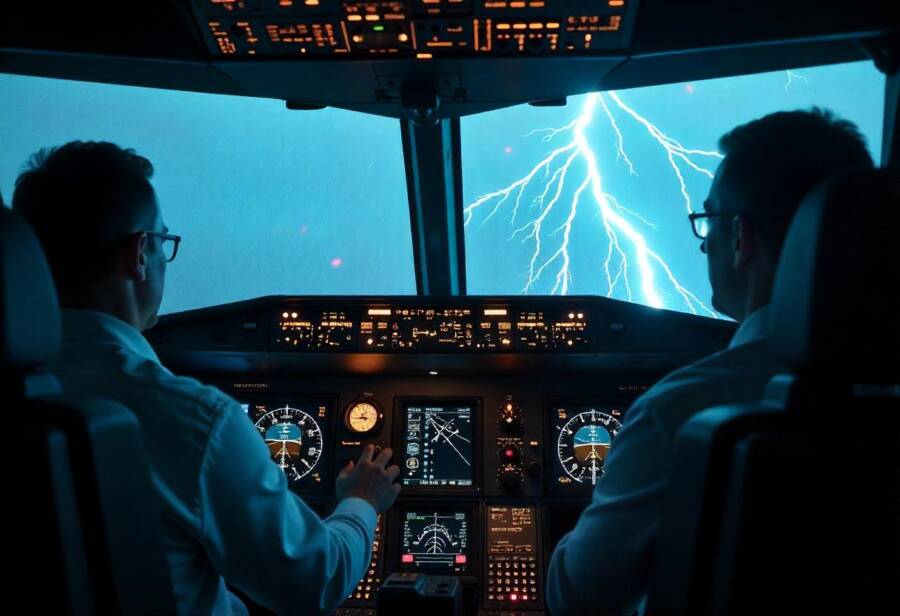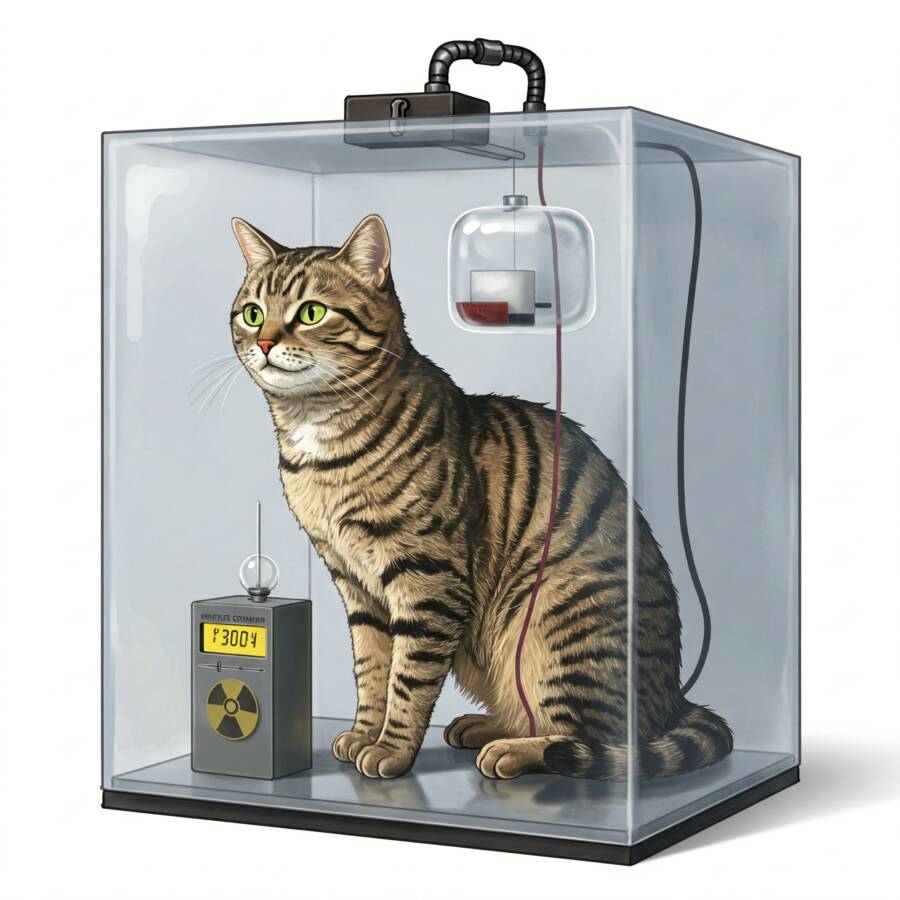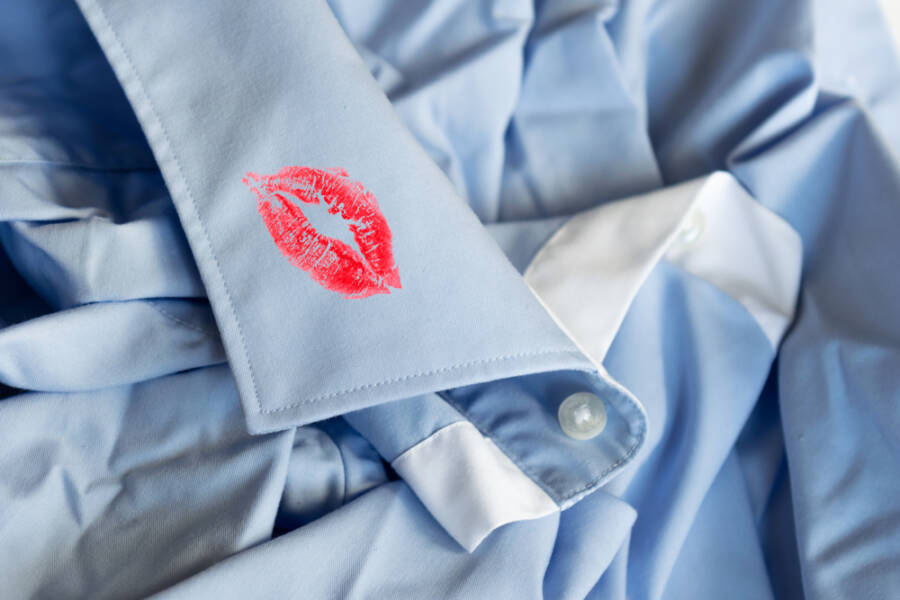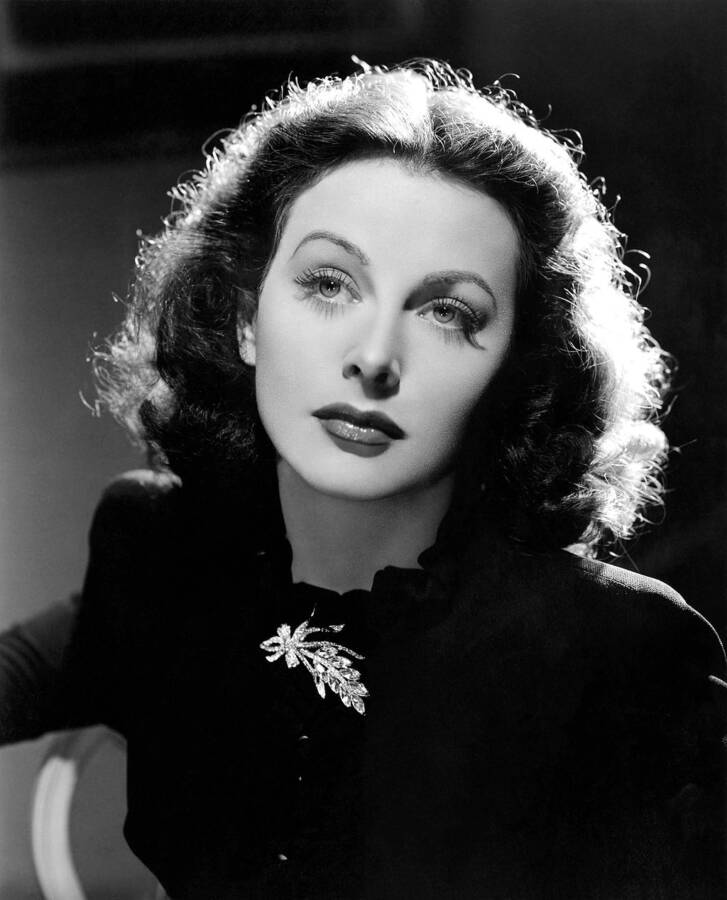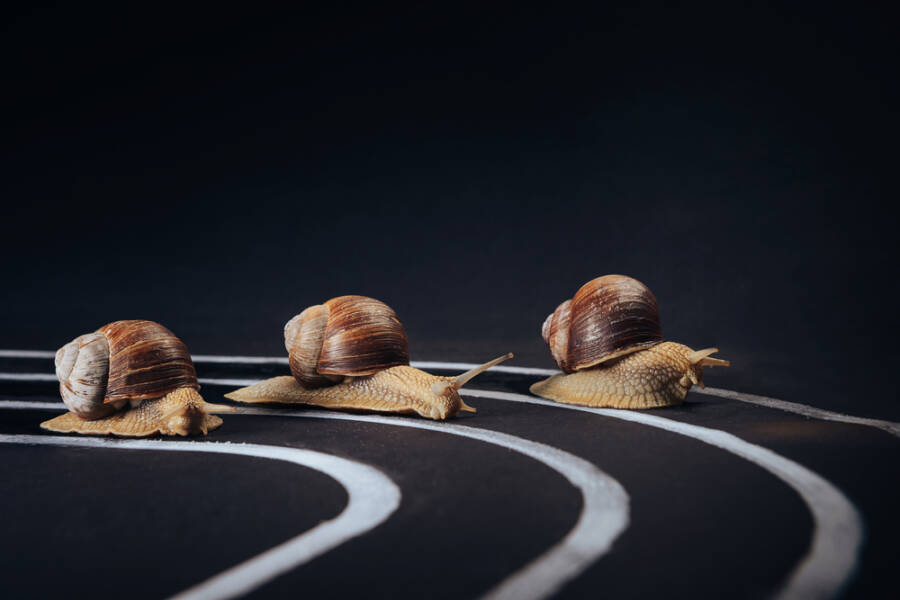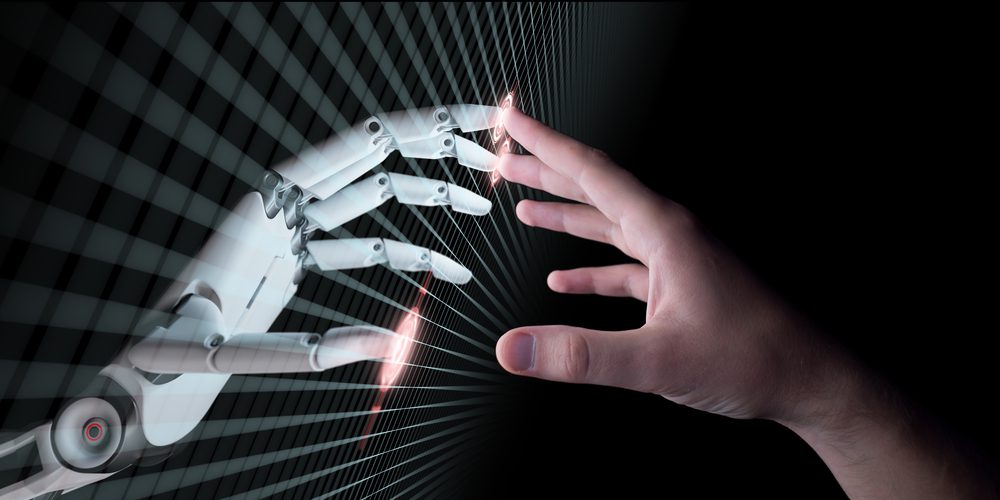Who stole the inventions of the eccentric genius Nikola Tesla?
The life of Nikola Tesla was a carousel of brilliance, high circles, and iconic moves.
He was an eccentric genius whose inventions laid the foundation for modern-day power and mass communication.
There were 700 patents in his name when he died, and others never got to be under his name, as this represents a subject of controversy. His whole life seemed to be in fantastic turmoil, and even his death is considered a mystery.
Marc Seifer, the author of “Our entire mass communication system is based on Tesla’s system,” talks about Tesla more than just being a science man, and he summarizes that he was charismatic, urbane, and witty at the height of his career. He was the definition of brilliance, and more than the technical knowledge and creativity, he was speaking several languages. He kept very few friends around him, and some of them were the writers Mark Twain, Robert Underwood Johnson, and Francis Marion Crawford.
Seifer also talks about him being a hygiene freak and mentions uncommon fears he had, like the phobia of women’s earrings. Over the years, his obsessive tics became stronger. He died alone and without money in a hotel in New York City.
W. Carlson, in his book “Tesla: Inventor of the Electrical Age,” reminds us all about the fact that Nikola Tesla represents a real icon, not only because of his mind and his creations, but as a whole being. “Tesla was tall, slender, and imposing, with a dashing moustache and an impeccable sense of style.” The proof of his authentic style and his defined life as a dandy stays in the fact that his top hats and tails are on display in a museum in Serbia, the country that gave birth to this whole iconic genius. Carlson mentions, “We’re not really interested in seeing what Edison (his huge competitor) wore, because it was pretty forgettable.”
If you want to find out even more about Nikola Tesla, this is one of the books I mentioned.
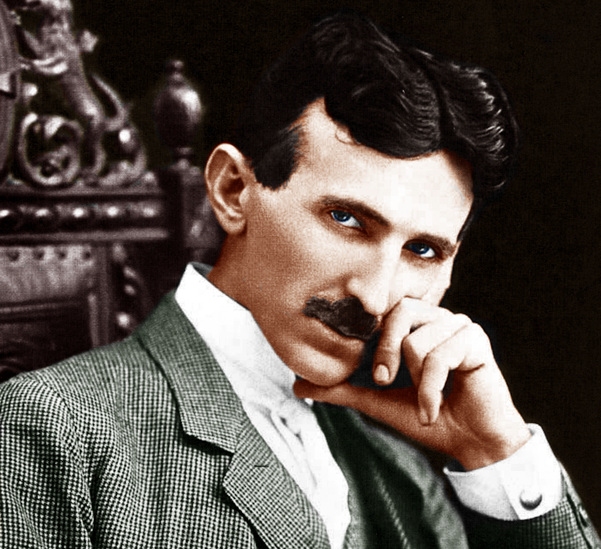
These are some of the inventions Tesla doesn’t receive credit for.
ELECTRICITY!?
Who “invented” electricity is one of the most controversial subjects in science history. Well, electricity was not invented by any human, but let’s see who made it practical for our use. Thomas Edison, often credited with ushering in the electric age, usually causes frustration to connoisseurs. Edison’s direct current (DC) is not what we use now in our homes. We use the cost-effective alternating current (AC), an electricity system developed by Nikola Tesla.
The late 1880s witnessed the fierce competition known as the War of Currents. The two companies owning the patented technologies squared off: Edison’s DC and Tesla’s AC, acquired by Westinghouse Electric.
At this time, the standard in the USA was DC, so Edison saw Tesla’s AC as a major threat to his business. A series of outrageous events took place, in which Edison tried to show how dangerous the AC system is by publicly electrocuting animals. He even secretly paid for the invention of the electric chair. The first execution of a prisoner was just a prolonged and awful death.
Nikola Tesla and Thomas Edison were huge competitors. Interestingly, Tesla worked for Edison for a while, but he quit and decided to continue on his own. History rumors are saying that Edison promised Tesla $50,000, the equivalent of 1 million dollars nowadays, for redesigning his inefficient DC motor and making it work. After Tesla did what he said and he asked for his payment, Edison dismissed it as a joke with an “You don’t understand American humor” phrase.
What eventually happened was that Tesla’s AC system was used by Westinghouse to light the World’s Colombian Exposition in Chicago in 1893. They won the contract to install the first machinery at Niagara Falls, bringing Tesla notoriety and patent numbers. The project delivered electrical power to Buffalo, New York, marking a milestone in the use of AC for long-distance power transmission. This brought victory for Nikola Tesla and George Westinghouse against Thomas Edison in the War of the Currents.
THE RADAR
Our story about radar starts with the story of Robert Watson-Watt, the pioneer of radar technology in the 1930s. When he was pulled over for speed by a policeman with a radar gun, he said this famous quote: “‘My God, if I’d known what they were going to do with it, I’d have never invented it!”
Who do you think put thought into this before? Exactly!
Earlier, in 1917, Tesla wanted to use electricity to locate submarines by reflecting an “electric ray” of “tremeduous frequency” with the signal displayed on a fluorescent screen. This is the system of a radar: bouncing a radio wave off an object and displaying the interpretation of the signal on a monitor.
Someone else was involved as well in the creation of the radar: Emile Girardeau, who developed the radar system in France after being aware of Tesla’s idea. Even if Tesla was not the first one to actually show or develop this thesis, he did conceive the concept of modern radar.
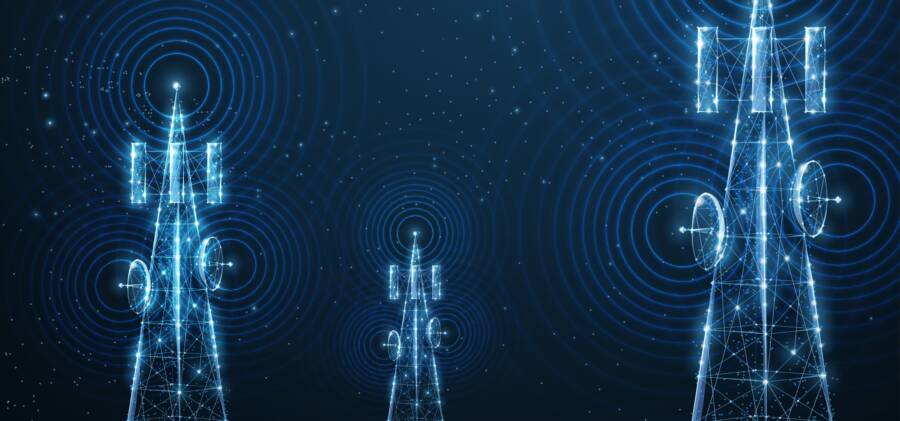
RADIO
Guglielmo Marconi is often celebrated as the inventor of radio. In 1901, he made history by sending a wireless transmission across the Atlantic Ocean, marking a major milestone in long-distance radio communication. He even won the Nobel Prize in Physics in 1909 for his work on wireless telegraphy.
Marconi seems to be the most famous person for inventing the radio.
He really made a legendary move in 1901 in the long-distance radio communication field by sending a wireless transmission across the Atlantic Ocean. This brought him the Nobel Prize in Physics in 1909.
Rewind!!
Back in 1892, Tesla was holding public lectures on radio transmission. He was deep into researching electromagnetic waves. His main interest was the wireless distribution of power, which led to showing off “wireless lighting,” but he did see the potential of using the waves for telecommunication.
In 1901, after the famous transmission, Tesla claimed that Marconi relied on 17 of his patents. In court, Marconi won the patent disputes initially, but the US Supreme Court overturned this (after 30 years), and they gave Tesla recognition.
And my favorite of Tesla’s—NEON LIGHTS
We don’t need more than his flamboid style and charisma to know that he was the one coming with the forever trendy neon lights.
The usual credit for the neon lights is given to George Claudes, who presented them in 1910. The shiny glass tubes became popular in the 1950s, and now we have neon lights in all sorts of shapes, colors, and sizes.
But as we know him—an icon and a trend setter—he already used the illuminated glass signage before: Tesla came up with bending glass tubes to spell out the names of famous scientists at the 1893 Chicago World’s Fair. They used gas-discarge bulbs.
The gas-discharge tubes are the invention of Heinrich Geissler, consisting of adding a metal electrode at the end of a sealed glass tube that contains rarefied gas such as neon or argon.
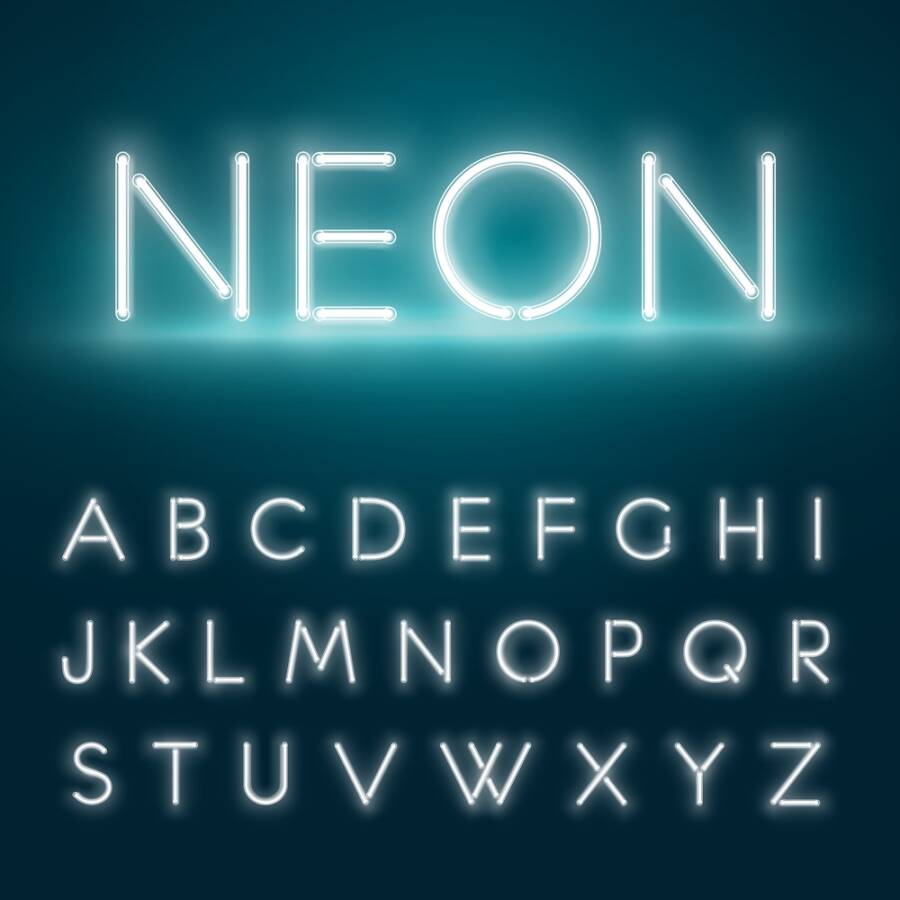
There are other inventions, such as the X-rays, the transistor, or the electric motor, that Tesla owned the concept of.
After his death, Tesla’s nephew, Sava Kosanovich, inherited his papers, diplomas and honors, his letters, and his laboratory notes. They are now housed in the Nikola Tesla Museum in Belgrade.
If you enjoyed our article, here you have one about 9 Most Influential Scientists of All Time.

